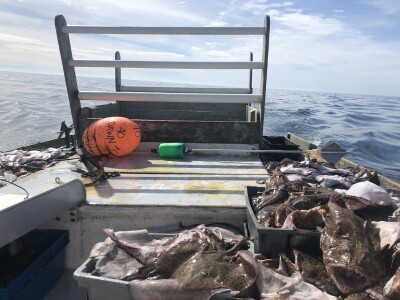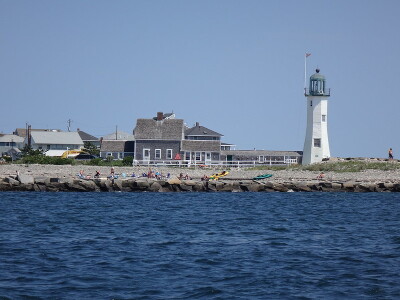In the documentary “Red Gold,” one of the project’s geologists talks excitedly about discovering the site of the proposed Pebble Mine in Southwest Alaska. It is the second largest deposit of its type ever found, he says, grinning with obvious pride. A “very significant geological discovery.”
Pebble’s significance goes far beyond some dork geologist’s lust for large mineral deposits. If built, it will be the largest open pit mine in North America, producing an enormous amount of toxic waste that will last forever.
Think about that. The mine would generate more than 10 billion tons of toxic waste, and this waste would be stored behind massive manmade dams in a region that has a lot of earthquakes. The waste would forever be a looming threat to the watershed that feeds the rivers that flow into Alaska’s Bristol Bay — home to the largest sockeye runs in the world.
I saw “Red Gold” at the Gulf of Maine Research Institute in Portland, Maine, on Wednesday, Jan. 30. The screening was part of a road trip by Commercial Fishermen for Bristol Bay, who are taking their fight against the mine to the rest of the country.
“It’s almost impossible to imagine the size of it,” said Katherine Carscallen, the group’s outreach coordinator and a commercial fisherman in Bristol Bay.
According to Carscallen, Pebble would be so large that every mine in Alaska that exists now would only fill up 20 percent of the hole. To get an idea of the scale, check out this photograph taken from space of Utah’s Bingham Canyon Mine. It’s the current titleholder of largest open pit mine in North America — but only a third of the size Pebble will be.
“The scale of it is incomparable,” said Carscallen.
The film “Red Gold” focuses on the lives intertwined with Bristol Bay’s abundant sockeye runs, including commercial fishermen, sport fishermen and native Alaskan subsistence fishermen. Their harvest contributes $300 million to the state’s economy and that value spreads out to the rest of the country, as diners all over enjoy the quality of Alaska’s salmon. There is also immeasurable value in protecting a natural resource that is a vital part of the region’s ecosystem and should last forever.
Those on the East Coast already know it doesn’t always last forever. Here in Maine we had our last commercial fishery for wild salmon in 1948, when only 40 fish were caught.
Now Maine’s commercial groundfish industry is also facing extinction. Lucy Van Hook, who is with the Maine Coast Fishermen’s Association and attended the screening, says her organization is trying to make sure small, dayboat fishermen can continue to fish. In recent years, Maine’s groundfish fleet dropped from 188 boats to fewer than 50. Last week’s cod quota cuts could mean the end of this small fleet.
Who’s to blame? Usually, people blame the enemy they can see: They see air pollution from large smokestacks but not the toxic chemicals washing off artificially green lawns and making their way to the ocean.
They see fishermen unloading fish, but they don’t see pollution or other forces like ocean acidification and changing water temperatures that can cause shifts in fish behavior.
It doesn’t take much to forever alter an environment either. According to the National Wildlife Federation just the slightest amount of copper in the water can interfere with salmon’s sense of smell and direction, and prevent them from reaching spawning grounds.
At this point Commercial Fishermen for Bristol Bay are pushing for Environmental Protection Agency oversight to halt the project, and are meeting with lawmakers around the country to ask for their support. Carscallen said meetings so far were going well.
“It’s become clearer and clearer we’re not going to stop this project without the help of the rest of the country,” said Carscallen. “There’s very much a connection between Alaska fishermen and the East Coast, and I’m very happy they recognize that.”
To find out how you can help, visit http://fishermenforbristolbay.org.







